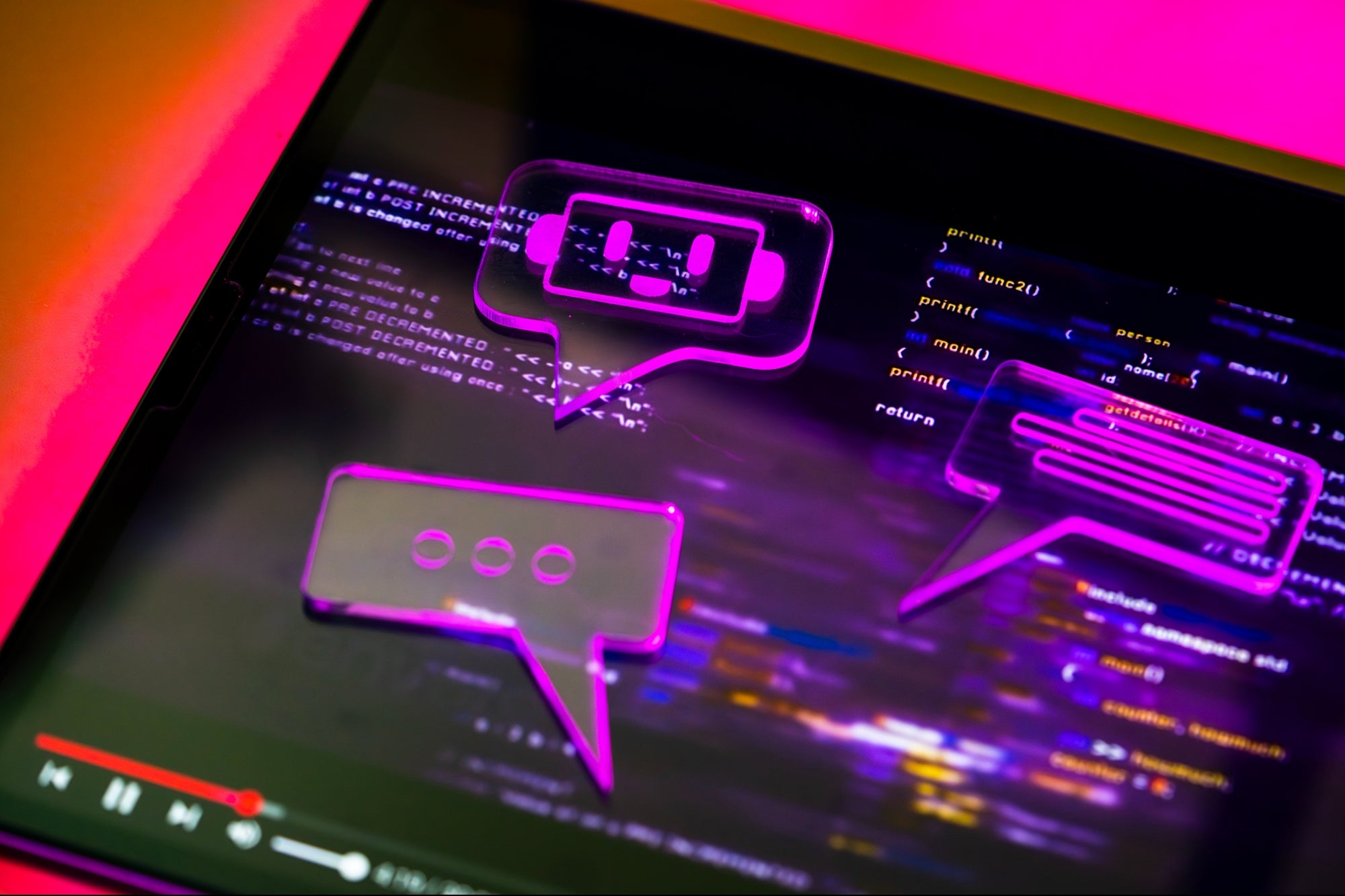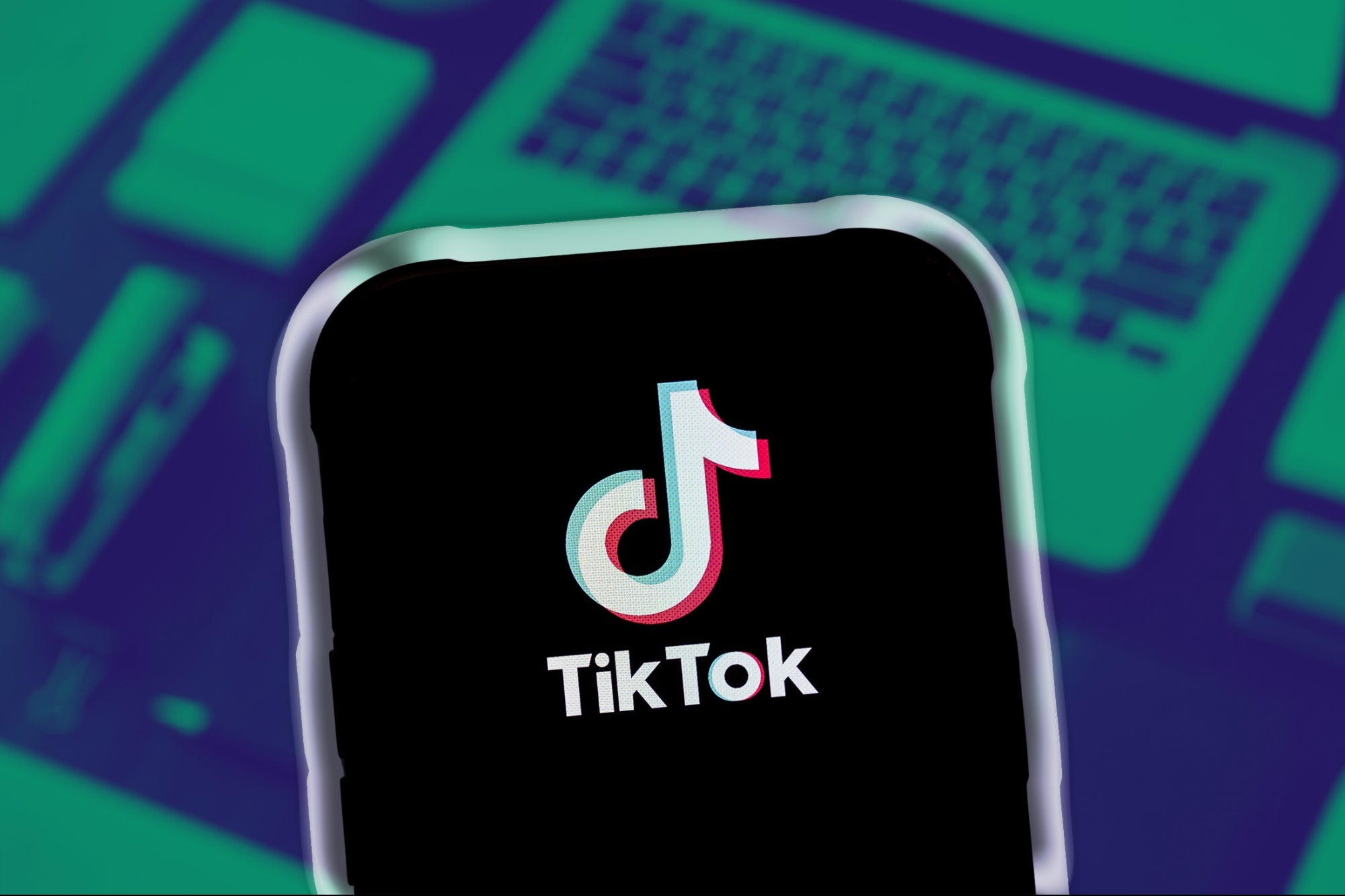Will the Age of the NFT Destroy Traditional Art? Traditional artwork has been used as a store of wealth for centuries, but perhaps NFTs can serve as a replacement.
By Dmytro Spilka Edited by Jason Fell
Opinions expressed by Entrepreneur contributors are their own.
You're reading Entrepreneur Europe, an international franchise of Entrepreneur Media.

The relationship between technology and art has often been turbulent at the best of times. One decade ago, the notion that the "romantic idea of the artists as someone special" was declared under threat due to the rise of disruptive digital art. So, does this mean that the age of the NFT is the final nail in the coffin?
Despite fears over the implications of non-fungible tokens, many commentators here in Europe and around the world have been skeptical about their impact. Laughed off as simple JPEG files, the concept of digital ownership has been deliberately skewed as a tool for ridicule.
This derision often overlooks the many properties that NFTs share with their traditional counterparts. Traditional artworks like paintings, drawings, and even music have been used as a store of wealth for centuries. Although there is plenty of superficiality in non-fungible tokens, it offers a digital ownership structure that has the potential to transform the industry.
Although NFT trading volumes are certainly slowing from a whirlwind 2021 and early 2022, trading frequently surpasses $100 million on a weekly basis–with totals reaching more than $180 million in the last week of January 2023.
With such high trading volumes taking place, and an ever-increasing number of NFT traders active (more than 2.9 million at the most recent count), it's understandable that conversations return to the role of NFTs in the art industry. However, this significant increase in adoption for non-fungible tokens shows that the digital world may be already achieving what traditional art struggled to accomplish: inclusivity.
Achieving true inclusivity.
Despite its current divisiveness, non-fungible tokens can actually complement the traditional art industry, and make creations far more accessible to wider audiences. If we ignore the contentious manner in which NFTs can be created, these tokens can be bought online, and can be placed on display across the internet with relative ease.
The cost-barriers for collectors has also significantly fallen in the wake of the initial NFT gold rush, with works currently available on leading marketplace, OpenSea, for as little as 0.01 ETH, or around $16.
This greater level of accessibility will ultimately help the NFT industry to find its place in the world following the skewed buying frenzy prompted by collections like Bored Ape Yacht Club and CryptoPunks–both of which were popular, but caused onlookers to gain a negative perception of what non-fungible tokens could become.
NFTs can represent far more than simple collectible images, and there are many inspiring and utility-based works alike that can be bought and sold for a variety of reasons.
OpenSea features plenty of different works that focus on art, gaming, memberships, photography, and PFPs (profile pictures). In its art section, there are plenty of examples of established artists and illustrators showcasing striking collections, such as Istanbul artist esraeslen's 'Streets' collection. On the flip side, we can also see more utility-based tokens associated with games like Axie Infinity and Sorare.
We're even seeing collectible NFT artworks incorporate the world of fashion into collections, such as Concept2048's Metamorphoses collection. Here, two established artists worked together to create a group of powerful portraits which were exhibited at the 59th Venice Art Biennale "Personal Structures" exhibition at the Palazzo Mora in 2022.
The Collection saw Ekaterina Perekopskaya and Rostyslav Brenych create 2,048 unique images to represent the changing world around us, and highlighting the importance of collaboration.
Metamorphosis represents the importance of working towards a more sustainable future through the medium of NFTs. To better support this message, Concept2048 donates a portion of its proceeds to charity funds that are engaged in ecological preservation, and NFT holders can even select the initiatives they want to support.
Non-fungible tokens have already shown signs that the industry is ready to succeed in areas that traditional art has struggled–particularly when it comes to matters of inclusivity. For instance, 87% of artists featured through US museums are male, while 85% are white, according to data from PLoS One.
These figures suggest that digitally accessible NFTs can help to level the playing field and showcase artists around the world based on merit.
Looking to the future of collectibles.
At this stage, it's worth pausing to note that the NFT landscape is still emerging, and is far away from reaching its potential. The fears surrounding non-fungible tokens are still valid, and we will need to see many prospective issues ironed out before NFTs find mainstream adoption.
While collectibles like Bored Ape Yacht Club are still what we associate the most with NFTs, it's perfectly natural for well-marketed collections to pick up in sales in a capitalist society amidst a bull market.
As the bulls subside and NFT trading volumes continue to calm, we're likely to see more space afforded to newer and more innovative collections to help the industry to continue its development.
"the idea behind NFTs was, and is, profound," explains Danil Ash, CEO of Glitch. "Technology should be enabling artists to exercise control over their work, to more easily sell it, to more strongly protect against others appropriating it without permission."
The future of digital collectibles is likely to be far more sustainable than many of the collections that are prominent today. As the industry continues to evolve, we'll see outsider fears surrounding non-fungible tokens subside, leaving an ecosystem that has a great level of room to support and generate fresh revenue streams for artists.
When this occurs, we're likely to see a new age for artists to showcase their creativity and to create truly striking works. When it realizes its potential, NFTs won't destroy traditional art, they'll help to evolve an industry that's ripe for change.













